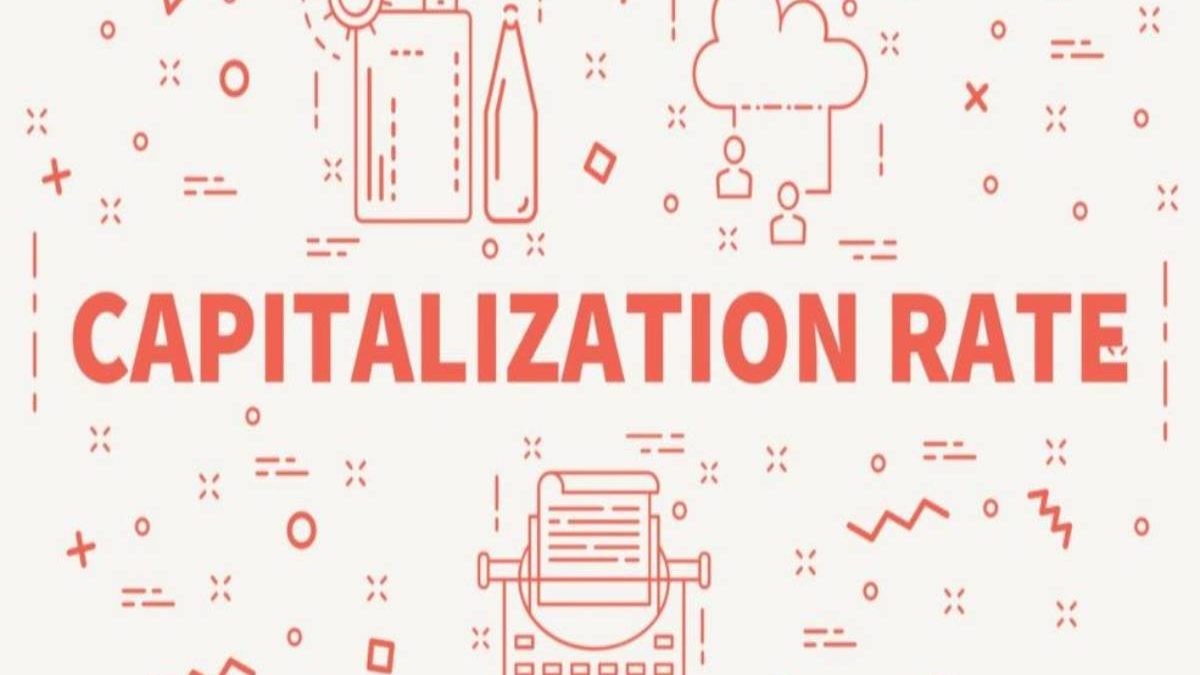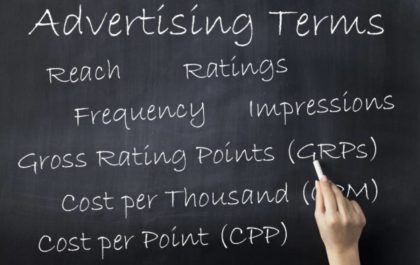Table of Contents
Capitalization Rate Definition
Capitalization rate and the cap rate used in commercial real estate indicate the rate of return. That expects it generated on the real estate investment property. It measures computed based on the net income.
- The property also expects to generate and calculate by dividing net operating income by property asset value.
- And express as the percentage. It uses to estimate the investor’s potential return on the investment in the real estate market.
- While the cap rate useful for quickly comparing the relative value of similar real estate investments in the market.
- It must not use as the sole indicator of the investment’s strength because it does not take into account leverage.
- And the time value of money and future cash flows from property improvements, among other factors.
- There are no explicit ranges for the excellent and lousy cap rate, and they largely depend on the context of the property and the market.
How Understanding Capitalization Rate?
- Cap rate the most popular measure through which real estate investments are assessed for profitability and return potential.
- And also, the cap rate represents the property’s yield over the one-year time horizon, assuming the property purchased on cash and not on loan.
- Also, the capitalization rate indicates the property’s intrinsic, natural, and un-leveraged return rate.
What is the Formula of Capitalization Rate?
- Several versions exist the computation of the capitalization rate in the most popular formula.
- And the capitalization rate of a real estate investment is calculated by dividing the property’s net operating income (NOI) by the current market value. Mathematically,
Capitalization Rate = Net Operating Income / Current Market Value
- The net operating income expected annual income generated by the property (like rentals) and arrive at by deducting all the expenses incurred for managing the property.
- These expenses include the cost paid towards the regular upkeep of the facility and the property taxes.
- The asset’s current market value is the property’s present-day value as per the prevailing market rates.
- The figure computes based on the original capital cost and the property’s acquisition cost in another version.
Capitalization Rate = Net Operating Income / Purchase Price
- Firstly, however, the second version not very popular for two reasons. First, it gives unrealistic results for old properties purchase several years/decades ago at low prices.
- Secondly, and second, it cannot apply to the inherited property as their purchase price is zero, making the division impossible.
- Lastly, additionally, since property prices fluctuate widely, the first version using the current market price extra accurate representation, then the second one uses the fixed value original purchase price.
Related posts
What Are the Changes Between Consumer and Trade Magazines?
Consumer and trade magazines many peoples wander around the changes between the trade magazine and individual magazines it typically finds…
What is the Public Relations? – Definition, Activities, Needs
Public Relations Definition According to America’s public relations society. And social interaction is a biological communication process that creates mutually…
What are the GRPs, Ratings, Reach, Frequency, and Impressions in advertising?
GRPs create the media plan, and it’s essential to take a firm grasp of these often misunderstood advertising terms. And…





